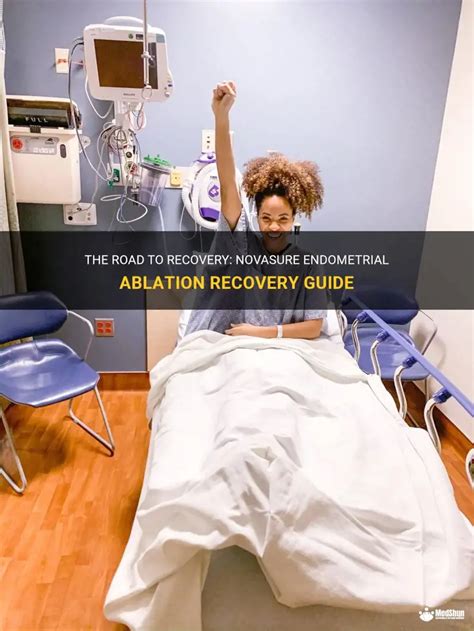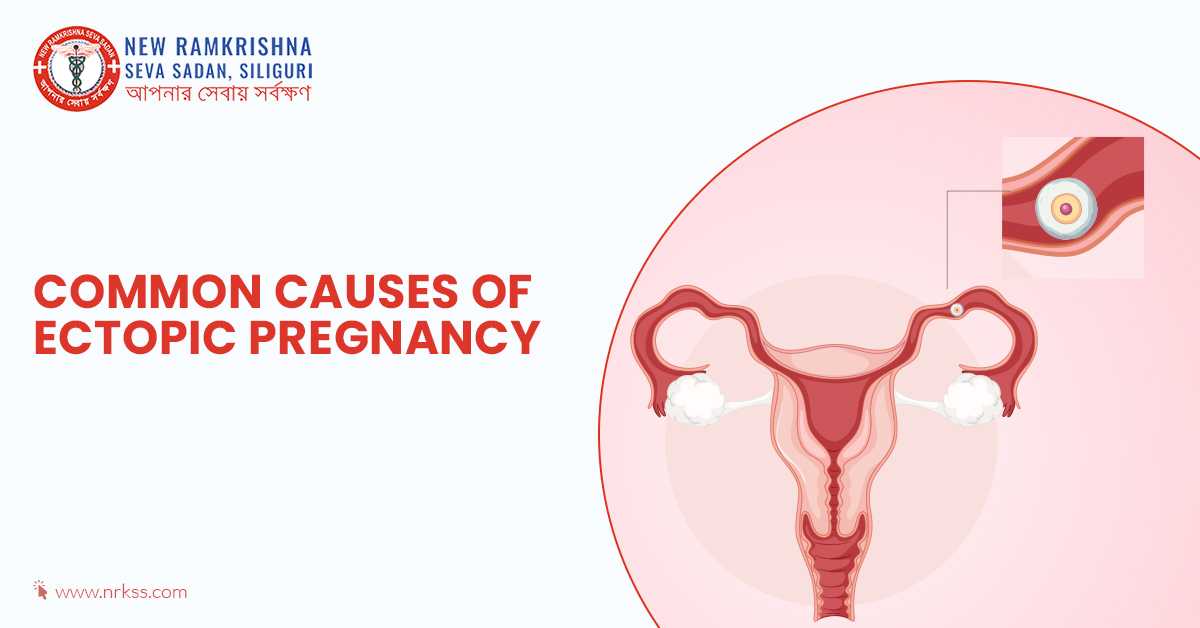Uterus ablation, a medical procedure aimed at treating heavy menstrual bleeding by removing or destroying the lining of the uterus, is a significant step for many women seeking to alleviate severe symptoms associated with their menstrual cycles. While the procedure itself can offer relief from heavy bleeding, the recovery period is just as crucial for ensuring that the patient can return to their normal activities without undue discomfort or complications. Here are 10 tips designed to help make the recovery from uterus ablation as smooth as possible.
1. Understand the Procedure and Its Aftermath
Before undergoing the procedure, it’s vital to have a thorough understanding of what to expect. Uterus ablation can be performed in various ways, including radiofrequency ablation, hydrothermal ablation, and balloon ablation, among others. Each method has its own set of potential side effects and recovery times. Understanding the specifics of your procedure can help manage expectations and reduce anxiety.
2. Follow Post-Procedure Instructions Carefully
Your healthcare provider will give you specific instructions to follow after the procedure. These instructions may include resting, avoiding heavy lifting, refraining from sexual activity for a certain period, and managing any pain or discomfort. Adhering strictly to these guidelines is crucial for a smooth and complication-free recovery.
3. Manage Pain Effectively
It’s common to experience some level of discomfort, cramping, or pain after uterus ablation. Your doctor may prescribe pain medication or recommend over-the-counter options. Staying on top of pain management can significantly improve your recovery experience. Additionally, applying heat to the lower abdomen may help alleviate cramps.
4. Stay Hydrated
Drinking plenty of water is essential for recovery. It helps your body heal faster and can reduce the risk of complications. Aim for at least eight glasses of water a day, and consider increasing your fluid intake if you’re experiencing vomiting or diarrhea, though these are less common side effects.
5. Monitor and Manage Bleeding
After the procedure, you may experience some bleeding or spotting, which can last for several weeks. Using sanitary pads (instead of tampons) and keeping track of the amount and color of the bleeding can help you monitor your recovery. If you notice heavy bleeding, large clots, or bleeding that lasts longer than expected, contact your healthcare provider immediately.
6. Rest and Avoid Strenuous Activities
Allowing your body the time it needs to heal is critical. Avoid strenuous activities, heavy lifting, and exercise for the recommended period, usually several weeks. Resting can help prevent complications and ensure a smoother recovery.
7. Attend Follow-Up Appointments
Follow-up appointments with your healthcare provider are crucial for monitoring your recovery and addressing any concerns or complications that may arise. These visits can also provide an opportunity to discuss any changes in your symptoms or overall health post-procedure.
8. Maintain a Healthy Diet
Eating a balanced diet rich in fruits, vegetables, whole grains, and lean proteins can support your body’s healing process. Avoid heavy, rich, or spicy foods that might cause discomfort. A healthy diet can also help manage any potential side effects and promote overall wellbeing.
9. Keep Lines of Communication Open
If you’re experiencing unexpected side effects, have questions, or concerns about your recovery, don’t hesitate to reach out to your healthcare provider. Open communication is key to addressing any issues promptly and ensuring your recovery stays on track.
10. Plan for Support
Having a support system in place can make a significant difference in your recovery. Whether it’s a family member, friend, or neighbor, having someone to help with daily tasks, provide emotional support, or simply be there to listen can make the recovery process less isolating and more manageable.
Conclusion
Recovery from uterus ablation is a process that requires patience, careful adherence to medical instructions, and a focus on self-care. By understanding what to expect, following post-procedure guidelines, managing pain, staying hydrated, monitoring bleeding, resting, attending follow-up appointments, maintaining a healthy diet, keeping lines of communication open, and planning for support, you can navigate the recovery period with greater ease and comfort. Remember, every individual’s experience with uterus ablation is unique, and it’s essential to be in close touch with your healthcare provider to address any specific needs or concerns that may arise during your recovery.
What are the most common side effects after uterus ablation?
+Common side effects after uterus ablation include cramping, pain, bleeding or spotting, and in some cases, nausea or vomiting. These symptoms are usually temporary and can be managed with medication and rest.
How long does it take to fully recover from uterus ablation?
+Full recovery from uterus ablation can vary, but most women can return to their normal activities within a few days to a couple of weeks. However, it’s recommended to avoid strenuous activities and sexual intercourse for about 4-6 weeks to allow for complete healing.
Can I get pregnant after uterus ablation?
+Uterus ablation is not a form of birth control, and while it’s rare, pregnancy can still occur. However, if pregnancy does occur after ablation, it can pose serious risks to both the mother and the fetus. It’s crucial to discuss birth control options with your healthcare provider if you’re of childbearing age.



